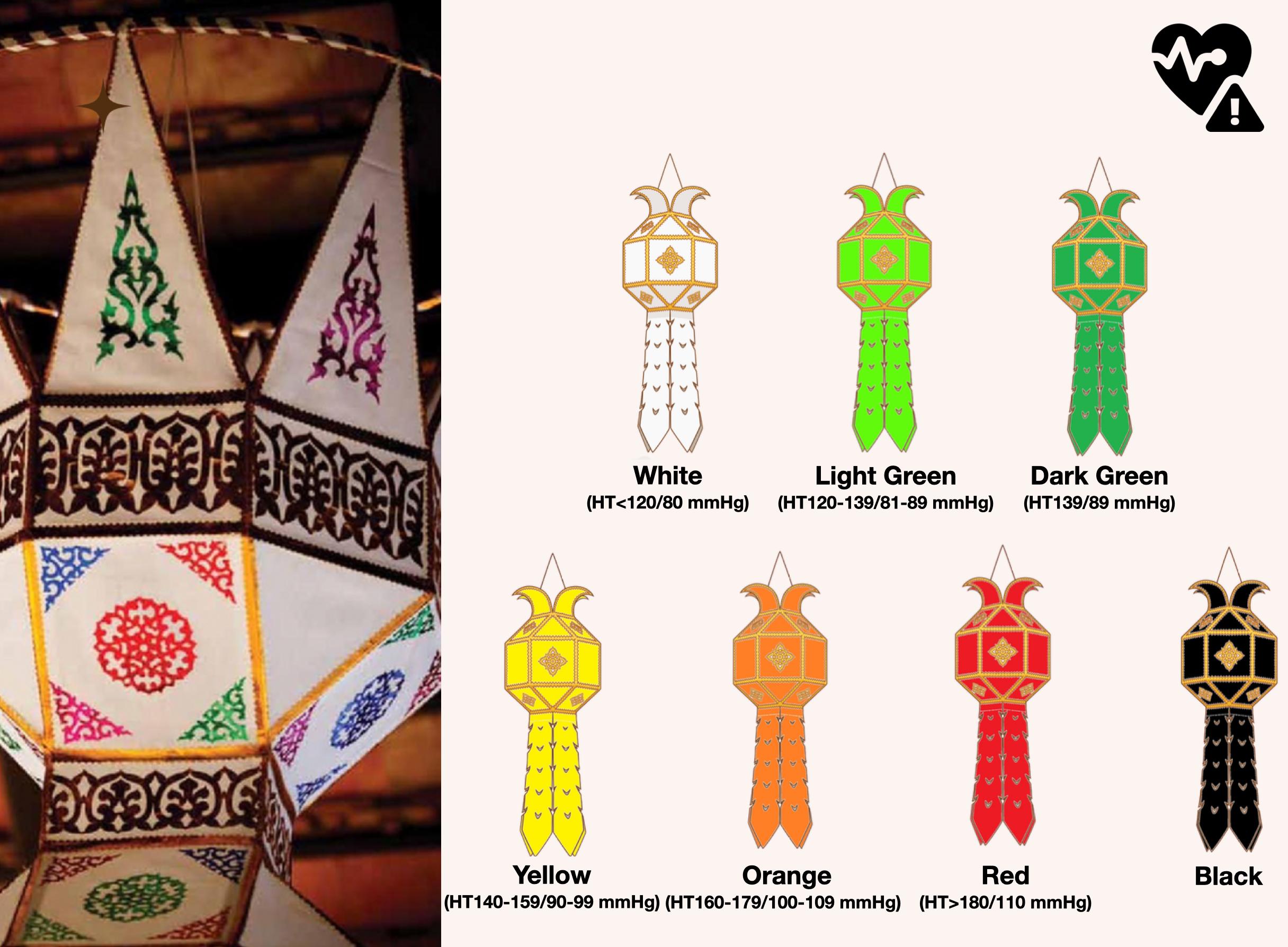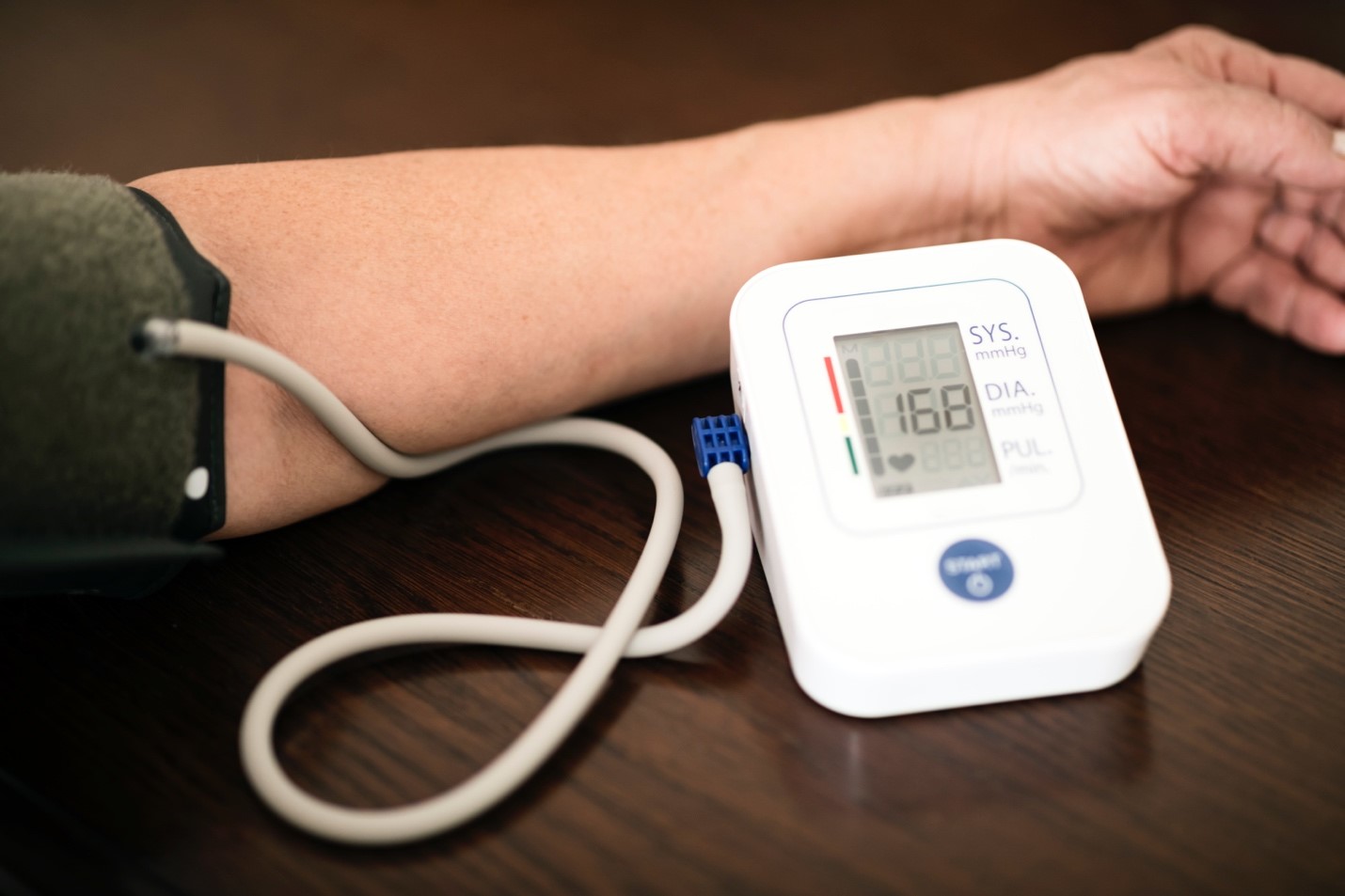ArokaGO News
•November 25, 2023
7-Colored Lanna Lanterns Revolutionize Hypertension Classification for Community Health
In a groundbreaking initiative, Professor Dr. Vichai Tienthavorn, the President of Praboromarajchanok Institute, Ministry of Public Health, Thailand, has introduced a visionary approach to community health. The introduction of the 7-Colored Lanna Lanterns not only enhances community well-being but also redefines the classification of hypertension types. Far more than just ornate decorations, these vibrant lanterns serve as practical guides, aiding individuals in understanding and managing hypertension effectively.
The ArokaGO Reporter
November 25, 2023

In a groundbreaking initiative, Professor Dr. Vichai Tienthavorn, the President of Praboromarajchanok Institute, Ministry of Public Health, Thailand, has introduced a visionary approach to community health. The introduction of the 7-Colored Lanna Lanterns not only enhances community well-being but also redefines the c
lassification of hypertension types. Far more than just ornate decorations, these vibrant lanterns serve as practical guides, aiding individuals in understanding and managing hypertension effectively.
These 7-Colored Lanna Lanterns represent a revolutionary method of classifying hypertension. By incorporating visual cues and specific health parameters, they empower individuals to take control of their health. Each colored lantern symbolizes a different facet of hypertension management, with the ultimate goal of fostering healthier communities.

White Lanna Lantern (Good Health): The White Lanna Lantern symbolizes good health, representing individuals with normal blood pressure levels (HT <120/80 mmHg). This category emphasizes vigilance and prevention, guided by the principles, including healthy dietary choices, stress reduction, and regular physical activity.
Light Green Lanna Lantern (Risk Group Needing Behavior Change): This lantern identifies individuals at risk of hypertension (HT 120-139/81-89 mmHg), emphasizing the need for behavior change and regular health monitoring, including dietary adjustments and blood pressure monitoring.
Dark Green Lanna Lantern (In Control of Blood Sugar and Pressure): Individuals with normal criteria for hypertension (HT 139/89 mmHg) fall under this category. Medication adherence, avoidance of sugary foods, and regular doctor visits for monitoring are key.

Yellow Lanna Lantern (Individuals Needing Monitoring): Representing those in need of hypertension monitoring (HT 140-159/90-99 mmHg), this lantern emphasizes preventive measures, including regular checks for eye, kidney, heart, and foot health, medication adherence, and doctor appointments.
Orange Lanna Lantern (High-Risk Individuals): Signifying individuals at high risk of complications due to hypertension (HT 160-179/100-109 mmHg), this lantern highlights intensive monitoring, medical attention, complication checks, medication adherence, frequent doctor visits, and dietary control.

Red Lanna Lantern (Severe Danger Group): This lantern represents individuals in severe danger due to hypertension (HT >180/110 mmHg). It emphasizes behavior modification, continuous surveillance, strict medication adherence, frequent doctor visits, dietary control, and home visits for monitoring.
Black Lanna Lantern (Individuals With Complications): Serving as a stark warning, this lantern symbolizes individuals with complications such as cardiovascular and brain diseases. Immediate medical attention, strict adherence to doctor's instructions, and frequent home visits for continuous monitoring are vital.
Dr. Thanee Glomjai, Director of Boromarajonani College of Nursing Phayao, Thailand, underscores the significance of these 7-Colored Lanna Lanterns. They have established a comprehensive system for classifying hypertension types, offering specific indicators and actionable guidelines. These lanterns empower communities to make informed decisions about their health, ultimately illuminating the path to a healthier tomorrow for all.
It is crucial to note that while this information is educational, it should not replace professional medical advice. Consulting healthcare providers for personalized guidance and treatment remains essential.

Colors of the Water Loy Krathong Festival 2023: A Modern Celebration of Thai Tradition and Culture
November 25, 2023

Marijuana is a New Economic Crop - Understanding Before Investing
November 30, 2023